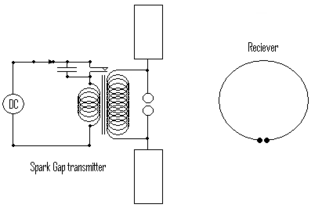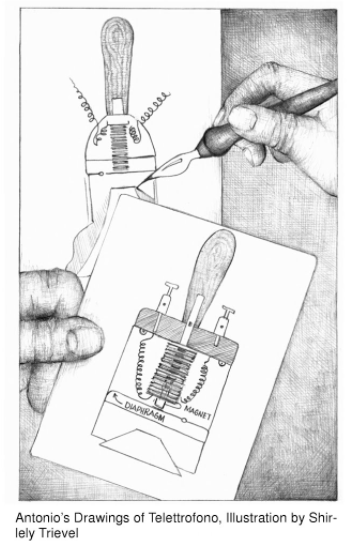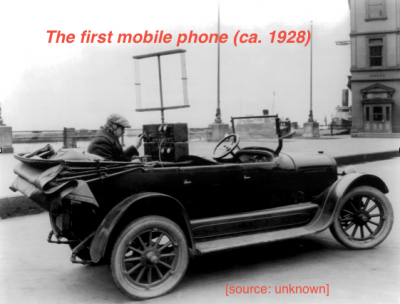AA1-History
| Wiki for ITS | ||||||
|---|---|---|---|---|---|---|
|
Contents
⌘TOC on AA1-History
⌘The real researchers
⌘Heinrich Hertz - The electromagnectic wave
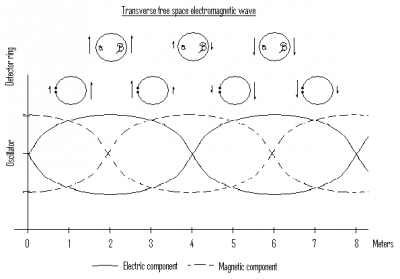 Hertz did not realise the practical importance of his experiments. He stated that,
"It's of no use whatsoever[...] this is just an experiment that proves Maestro Maxwell was right - we just have these mysterious electromagnetic waves that we cannot see with the naked eye. But they are there." [3]
Hertz did not realise the practical importance of his experiments. He stated that,
"It's of no use whatsoever[...] this is just an experiment that proves Maestro Maxwell was right - we just have these mysterious electromagnetic waves that we cannot see with the naked eye. But they are there." [3]
Asked about the ramifications of his discoveries, Hertz replied, "Nothing, I guess." [3]
Note
The experiments, demonstrating the relation between the electrical and the magnetic component of the electromagnetic wave, was probably the most important discovery of Heinrich Hertz.
⌘Inventor: Guglielmo Marconi
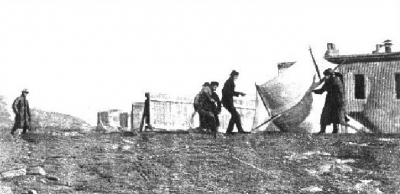 Guglielmo Marconi (1874 - 1937) experimented with Hertz waves in 1894/1895
Guglielmo Marconi (1874 - 1937) experimented with Hertz waves in 1894/1895
- used 50000 UK pound on a transatlantic experiment in 1901
- brought electromagnetics to life
[Source:Magne Pettersen, Wikipedia]
Note: Marconi
The first experiment failed, as a storm took down the antenna, and Marconi got bankrupt. But he managed to establish new funds for the first transatlantic communication based on radio signals. Recommended reading https://en.wikipedia.org/wiki/Guglielmo_Marconi
⌘Inventor: Antonio Meucci
- Invented the phone in 1856
- transferred voice from one room to another one
- surveillance of an ill person
- registered patent in 1871
- failed to name "electromagnetics"
- Graham Bell patented in 1876
[Source: Sandra Meucci, "Antonio and the electric scream: The man who invented the telephone", Branden Books, 2010]
⌘The real researchers - Graham Bell
- Graham Bell (1874 -1922) invented the phone,...
- but who invented also the mobile phone back in 1924?
Bell considered his most famous invention an intrusion on his real work as a scientist and refused to have a telephone in his study
[Source:Magne Pettersen, Wikipedia]
